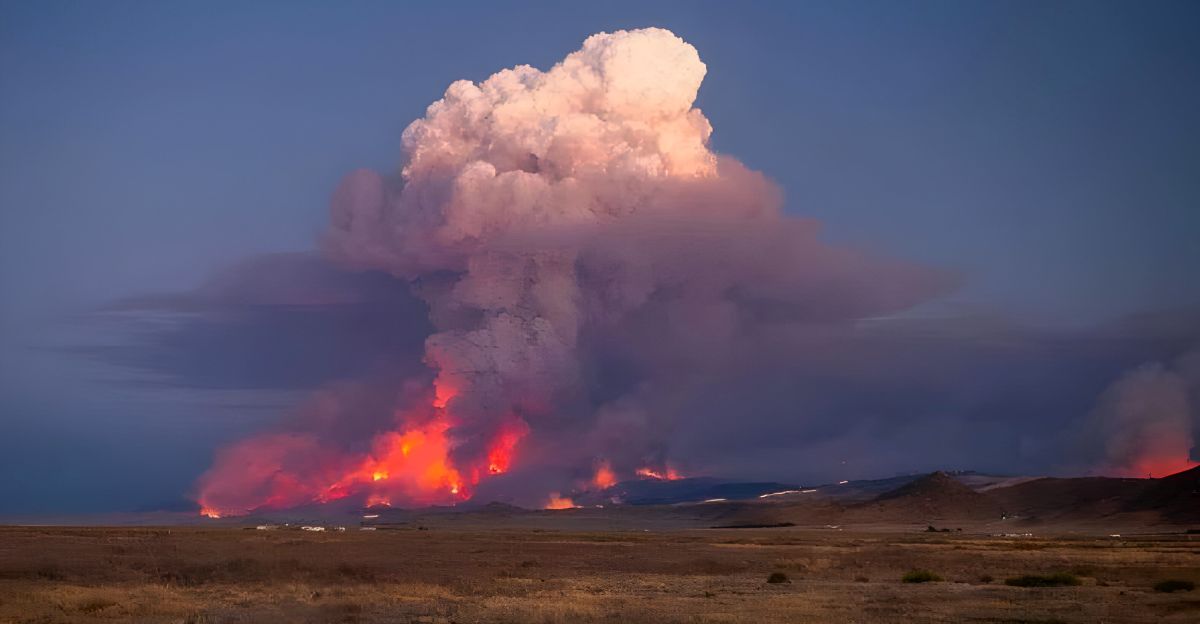
San Luis Obispo County, California, saw an unprecedented wildfire emerge on July 2, 2025. The dry conditions and wind in the region fed the fire, which grew to massive proportions after a few days.
While the origin of the fire is still up for dispute, officials say its rapid growth was due to extreme temperatures and low humidity. The wildfire has become the biggest one in California this year.
Spreading Quickly
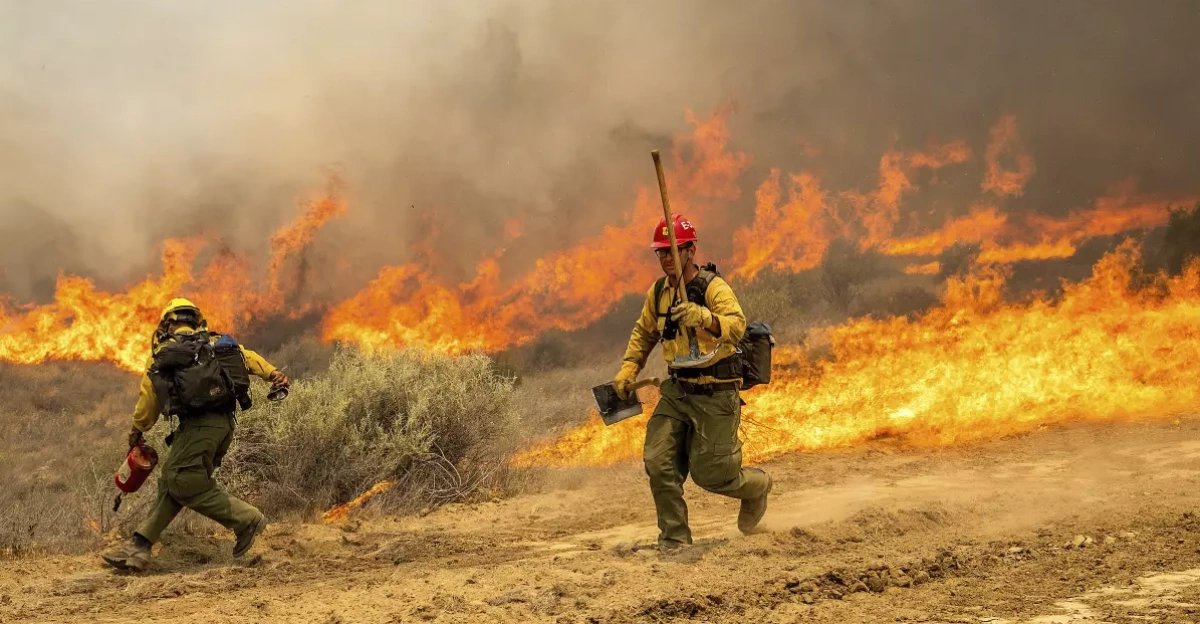
The wildfire has been referred to as the Madre Fire, and its spread over the region was daunting for emergency services and the public alike. In just under a week, the fire had spread to over 80,000 acres, putting homes, habitats, and important infrastructure at an imminent risk.
The flames kept spreading through grasslands and onto hillsides as firefighters battled the blaze. First attempts to contain the fire failed, as the blaze went out of control.
Evacuations
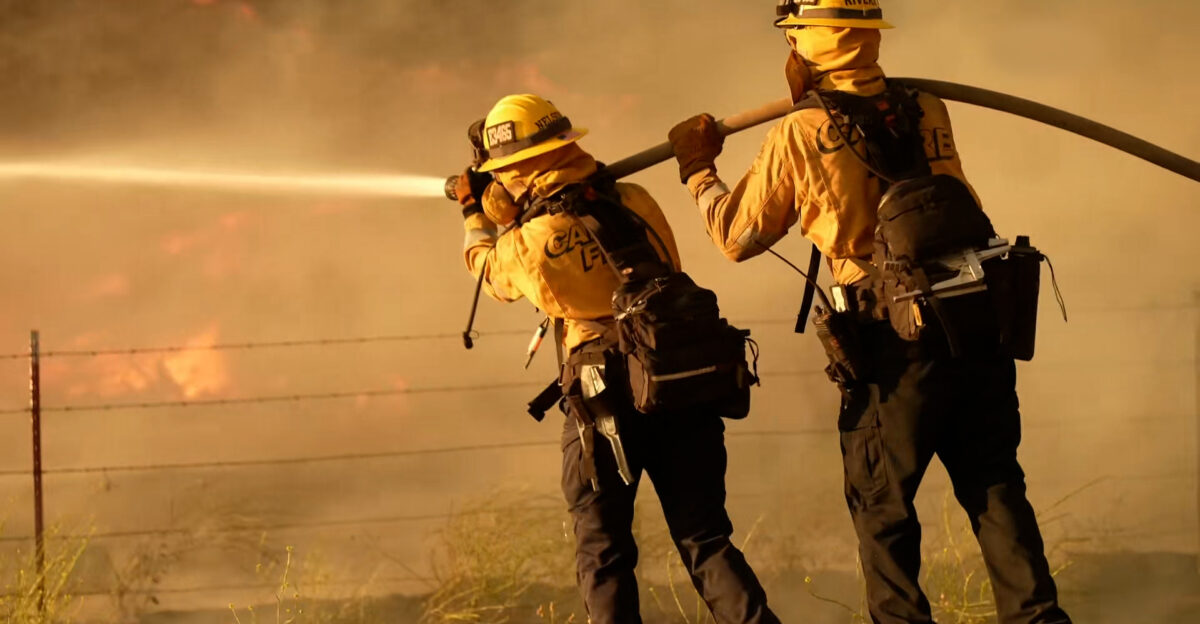
When the fire couldn’t be controlled, San Luis Obispo, Kern, and Santa Barbara counties issued evacuation notices and warnings. Many areas received mandatory orders as hundreds of residents and at least 50 structures were put in harm’s way by the fire.
Those in the blaze’s path had to leave immediately, and others were warned that an evacuation could be imminent and should be prepared for.
Other Disruptions
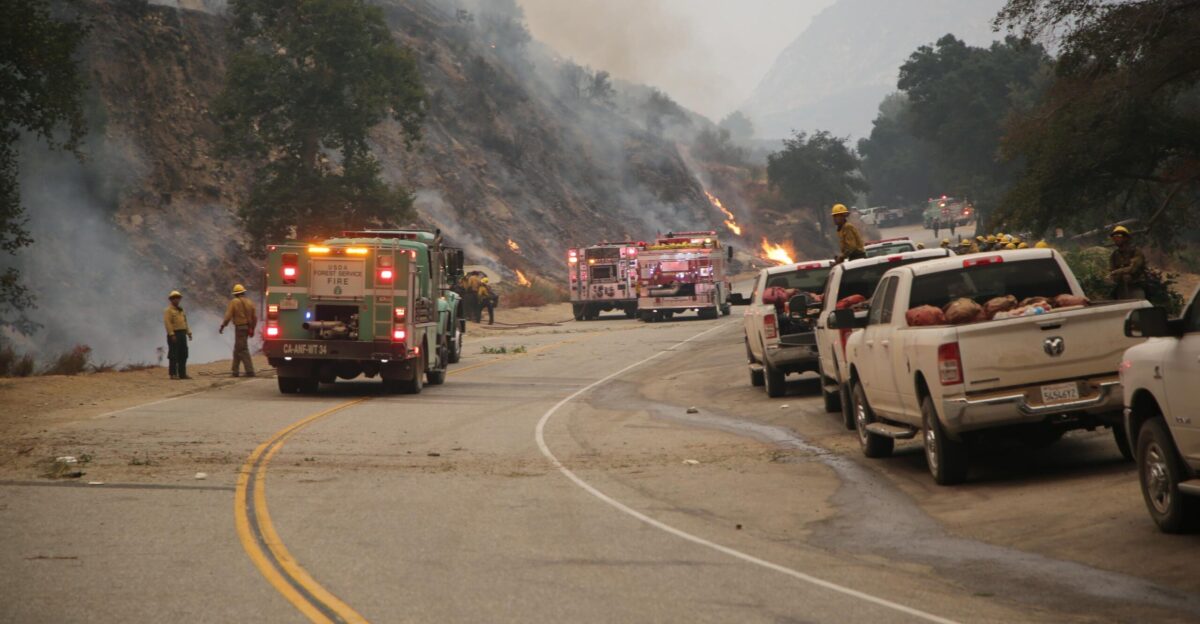
Nearly 1,500 personnel were deployed to combat the fire with the help of between 46 and 84 engines. Sixteen helicopters and dozens of bulldozers also arrived in the relevant regions to help.
Establishing containment lines took a multi-day effort for the large operation. However, by July 7, containment was only 30-35%, and the blaze was still threatening to move into untouched areas.
The Damage To The Environment
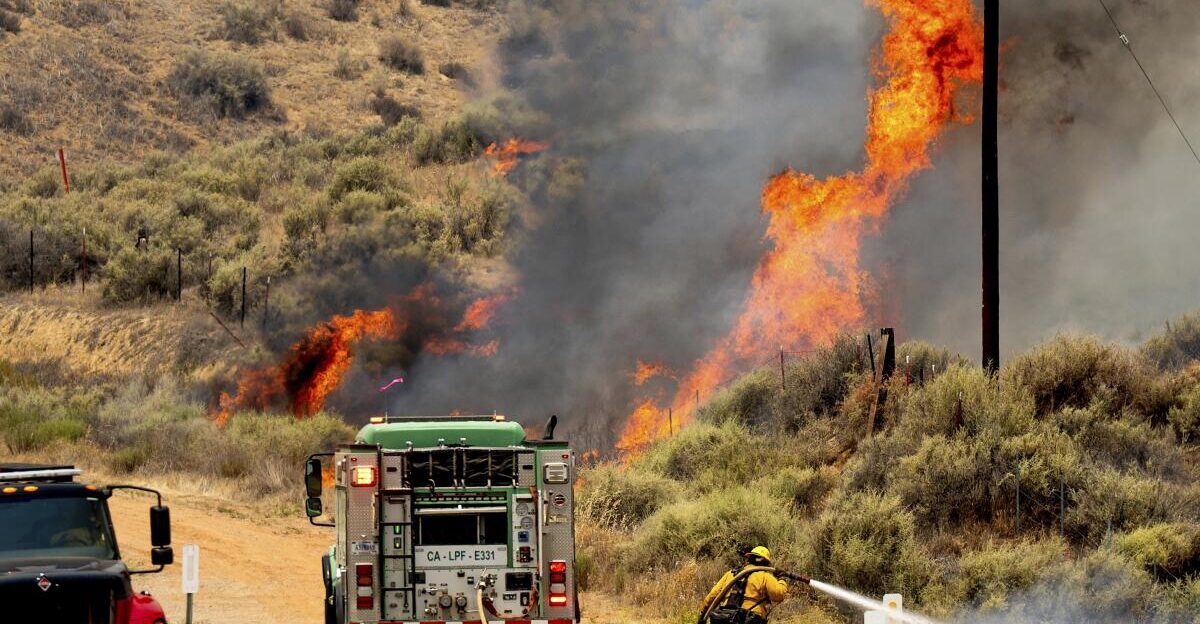
The Madre Fire consumed over 80,000 acres, including important habitats and ecosystems like parts of the Carrizo Plain National Monument. This region housed crucial endangered species and is a unique ecosystem to support such life, now severely damaged by the fire.
The fire has also significantly impacted the air quality in surrounding regions, lowering it to dangerous levels for vulnerable people. Many areas are vulnerable to future soil erosion and mudslides without vegetation left after the fire.
Impact On Humans
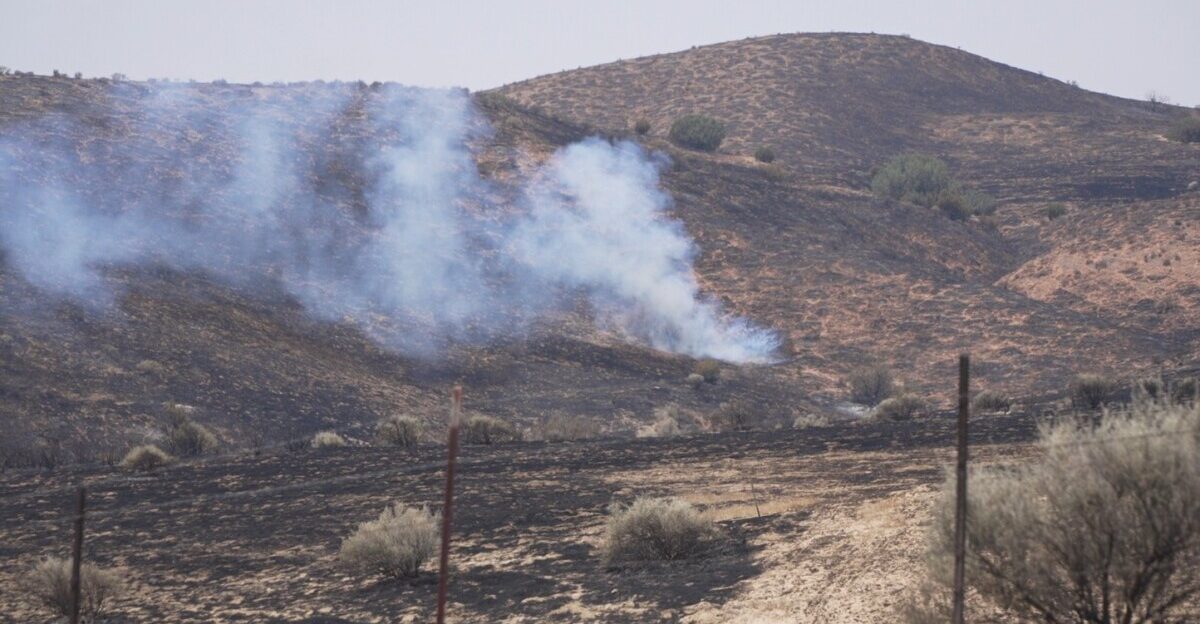
Despite the fire rapidly spreading over 80,000 acres, so far, only one structure has been consumed, and one firefighter has been injured. However, for many communities, having to quickly evacuate the region has left them temporarily displaced and unsure of the future of their homes.
These factors have caused undue stress on hundreds of residents, highlighting how the fire’s damage has gone beyond what it’s physically capable of.
Combating The Fire
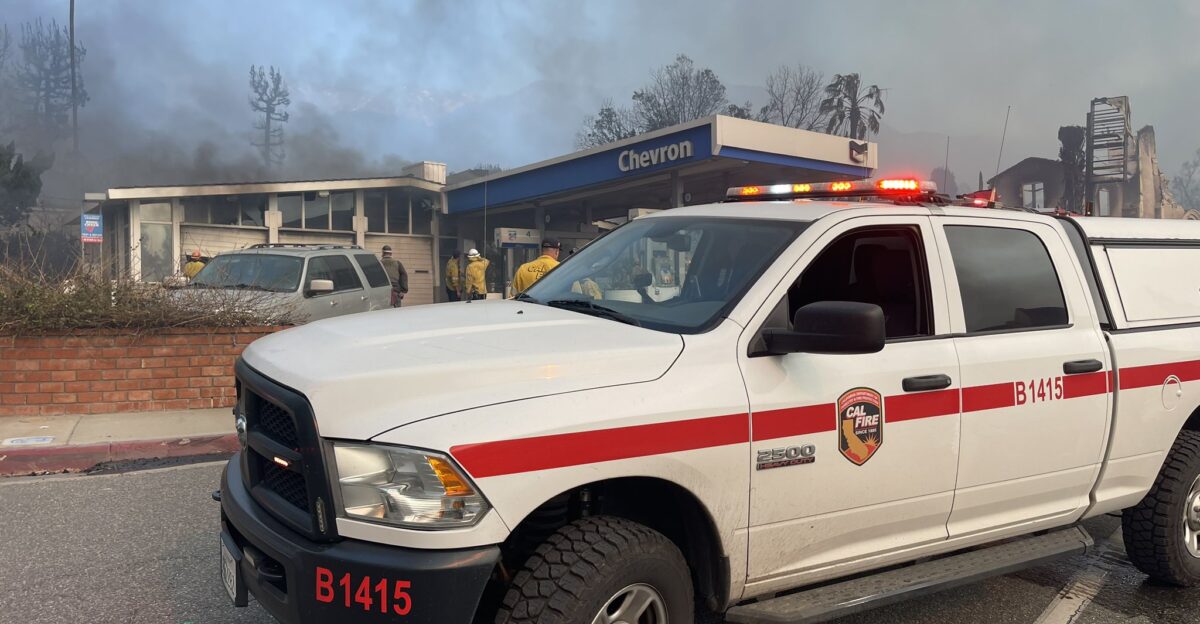
A coordinated response from CAL FIRE, Los Padres National Forest, and the Bureau of Land Management contained the fire. These entities worked together to minimize damages and ensure that residents were evacuated or warned in advance.
However, the Madre Fire’s pace is more than expected, meaning containment efforts have a long way to go.
What’s Next
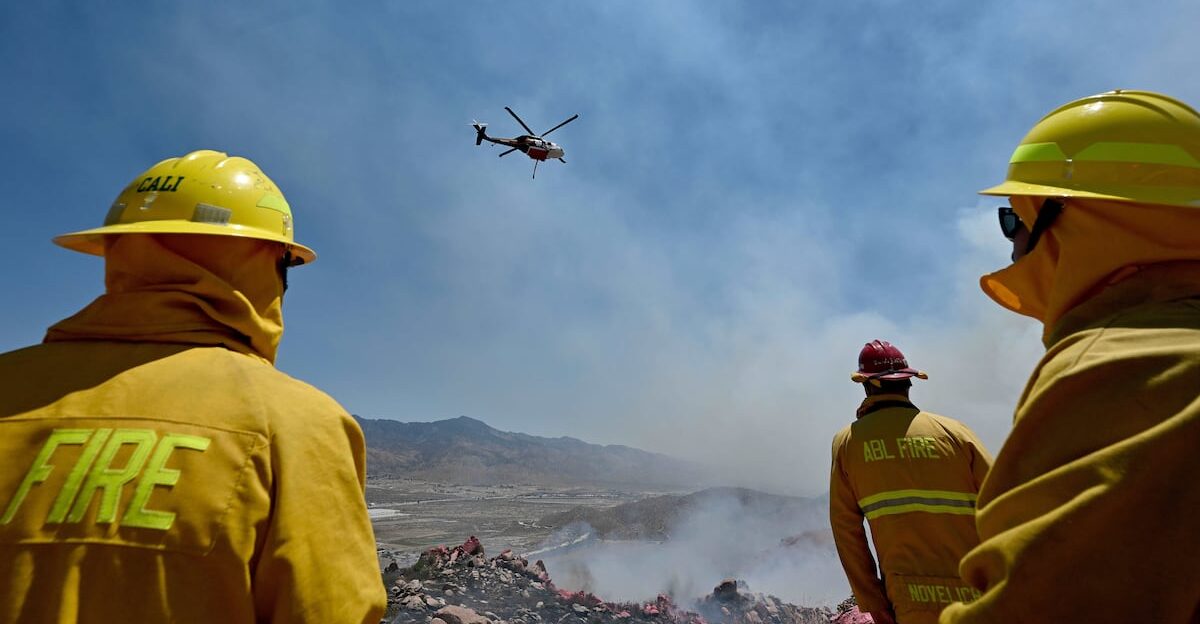
The road ahead will be arduous for firefighters and other personnel as most of the fire remains uncontained. To complicate matters, only hotter and drier conditions are expected, with no break from rain.
As the future of California’s infrastructure and habitat’s become threatened by wildfires year-after-year, people need to be prepared. In the case of the Madre Fire, containment efforts could crumble at a moment’s notice, and previously won territory could reignite.
Staying Informed
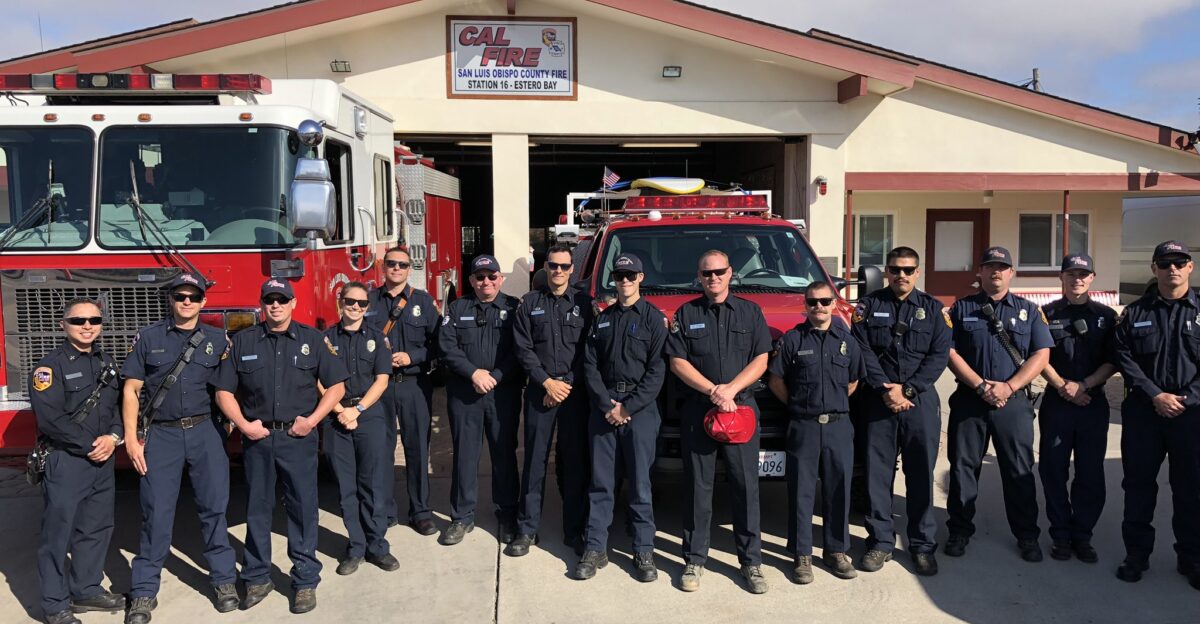
As these events unfold, residents should stay informed and listen to any warnings or evacuation notices given by officials like CAL FIRE, the San Luis Obispo County Fire Department, and the Santa Barbara County Fire Department.
Emergency alerts can be sent to residents via text messages, phone calls, or emails, and evacuation orders are given to specific zone numbers. Residents can also visit the CAL FIRE Incidents page for the latest status, evacuation orders, maps, and updates on all active wildfires in California.
A Warning
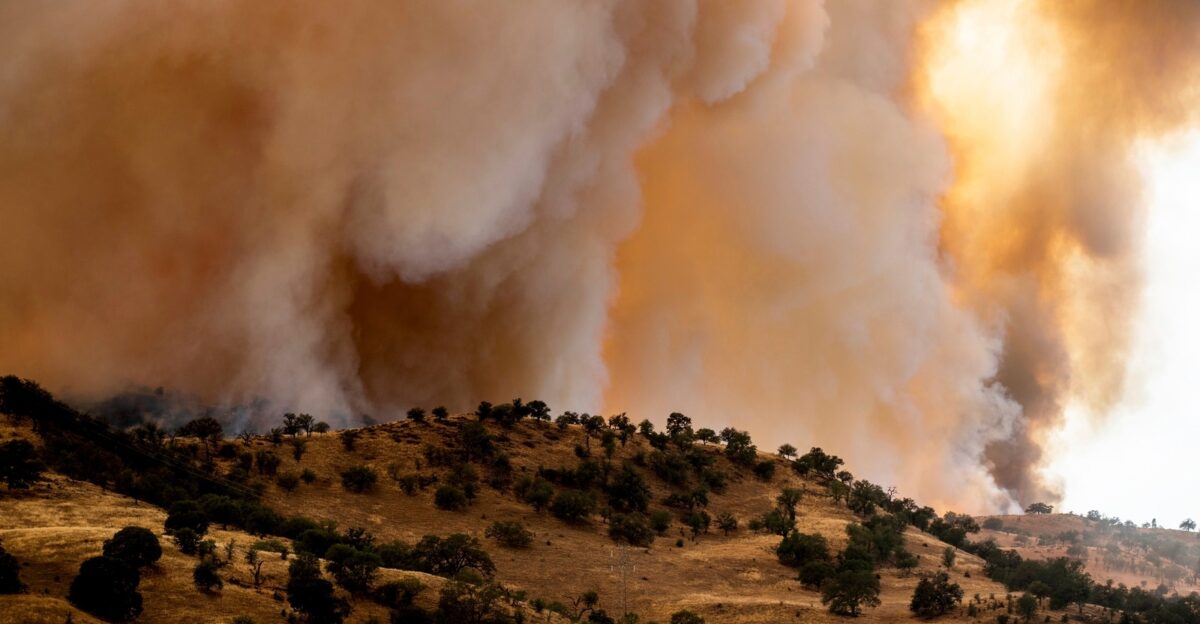
California has a long history of battling wildfires, and the catalyst for such events is only seemingly getting more volatile. As hotter, drier conditions worsen, the state’s vulnerability to wildfires will persist.
The Madre Fire isn’t the first wildfire to sweep the region and won’t be the last. Communities must be ready and prepared for the future, as conditions can change quickly.







